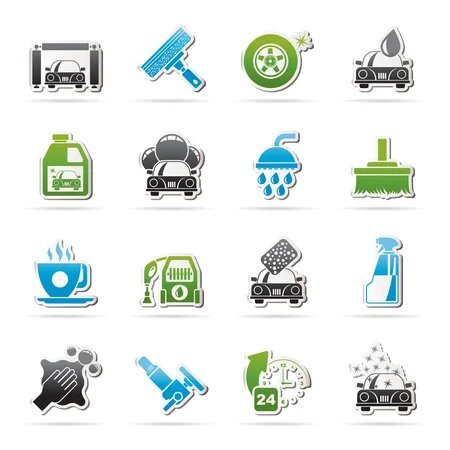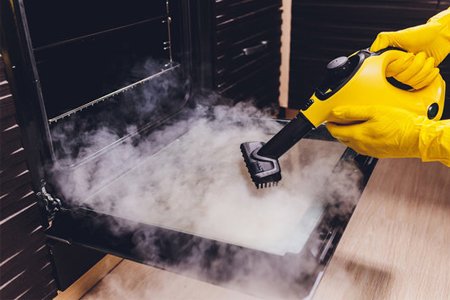The principle of Steam cleaning
Steam cleaning is also called supersaturated steam cleaning, is a cleaning method. The saturated steam under high temperature and high pressure can dissolve the oil particles on the cleaned surface and vaporize them to make the cleaned surface reach an ultra-clean state. At the same time, supersaturated steam can effectively cut into any small pores and cracks, peel off and remove the stains and residues.

Steam car wash is the use of high-temperature and high-pressure steam thermal decomposition principle, the dust softened after high-pressure washing to achieve cleaning purposes.
Origin of the steam
When people think of the steam engine, they often think of Watt, the inventor of the early industrial steam engine, the actual prototype of the steam engine was a “Steam ball” invented by the Greek mathematics Hero of Alexandria in the 1st century AD, which was driven by heated steam from the vents on either side of the tube as the water boiled.
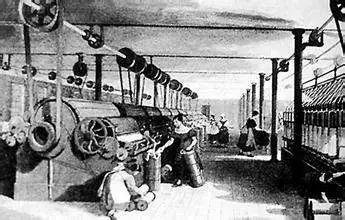
Although this achievement was not applied in practice at that time, with the continuous development of industrial civilization, the steam engine was manufactured, improved, and used as a powerful engine, it is widely used in many fields, such as mine drainage, machine manufacture, steam wheel drive, etc. . Thus, until the beginning of the 20th century, it remained the most important motive in the world.
Is steam cleaning really effective?
Steam cleaning machine is characterized by physical cleaning, do not harm the surface of the object, the steam machine is mainly through the water heating, high-pressure steam on the kitchen, toilet, windows, wall tiles on the greasy dirt clean. And the heat disinfects, kills mites and bugs.
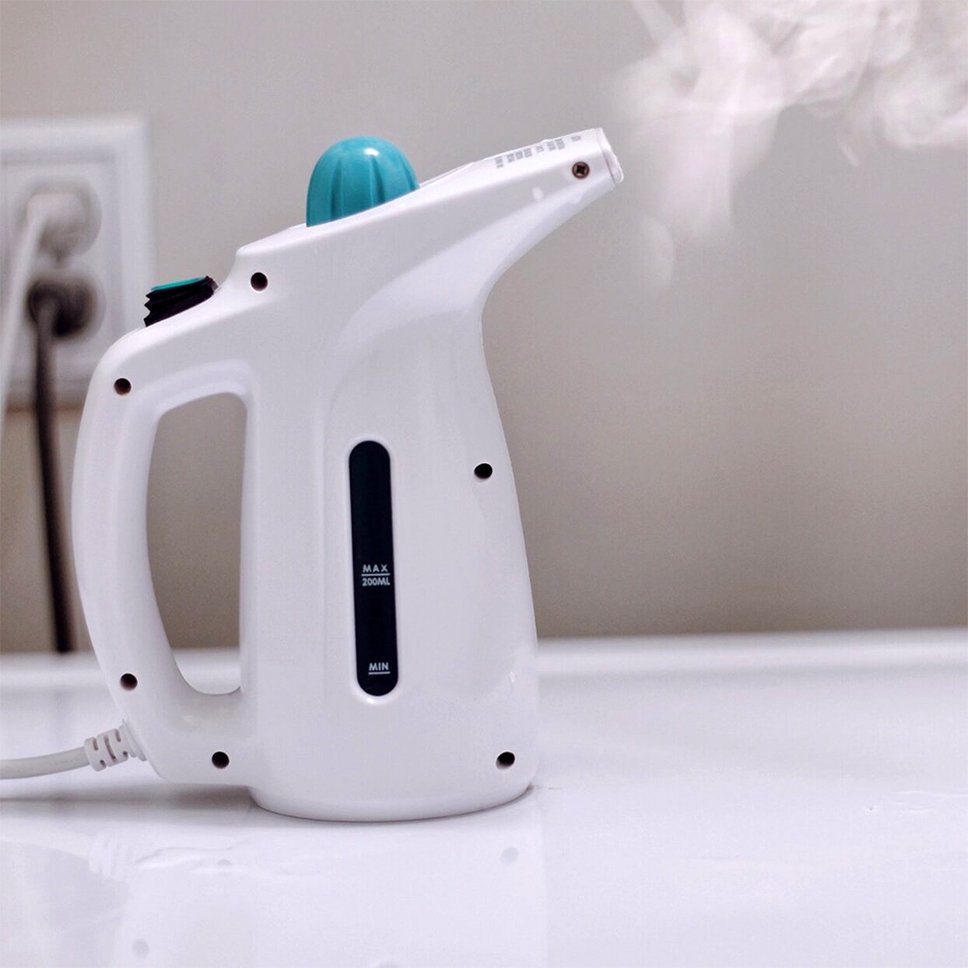
Advantages of steam cleaning machine
- Safe and no residue
The secret to steam cleaning is a powerful combination of steam pressure and temperature. Microscopic steam particles pass under high pressure into the depths of very hard cracks and small grooves, completely relaxing the dust particles. Steam cleaning does not use any chemical cleaning agent, can prevent the cleaning surface residual chemical cleaning agent, provide a safer environment for you, especially for children, children often like to put things into the mouth, this purely physical method of washing is safer.

2. Deep sterilization
The temperature of the steam cleaning machine can reach 180℃, the high pressure can reach 10KG/CM2, any stubborn oil within 1 minute instant evaporation removal; While cleaning the object, high-temperature steam can be effectively used to sterilize and disinfect the object being cleaned. Environmental hygiene.
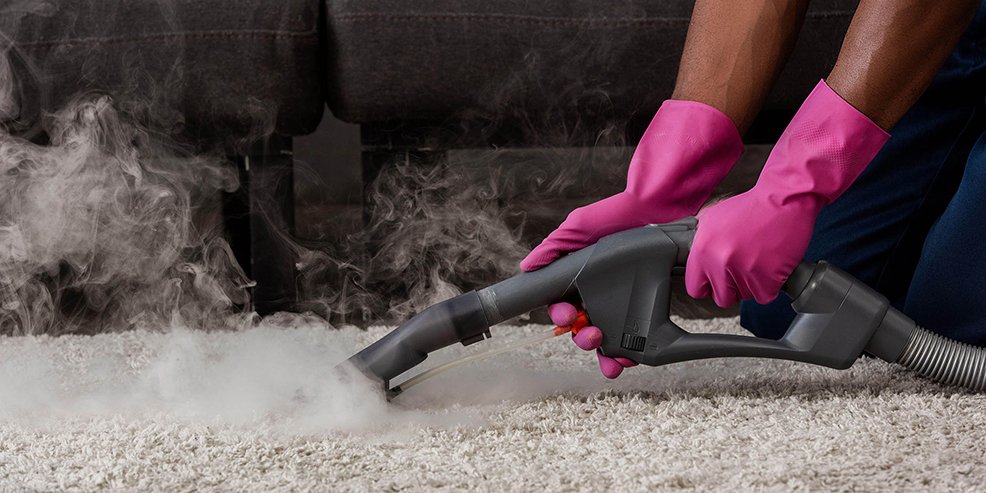
Besides the bacterium with strong heat-resisting sex of part, after general bacterium meets the steam that exit place temperature is as high as 100 degrees Celsius, protein can produce denaturation, the bacterium that high-temperature action falls gets force to be able to die quickly, the sterilization rate inside 1 minute such as escherichia coli, staphylococcus aureus, candida Albicans is very high. (Bacteria die for different lengths of time at high temperatures depending on their density.)
3. Clean surface dirt
What looks like a smooth surface is actually pockmarked with a lot of bacterial stains.
General steam cleaner with pump special steam generation system can quickly water into high-temperature high-pressure steam. The steam gas can speed up the movement of the anti-fouling molecules on the dirt surface, and by destroying the binding force between them, the purpose of removing all kinds of stubborn stains is achieved.

The higher the temperature, the more intense the thermal motion of the molecules, and therefore, the higher the temperature of the steam itself, the faster the molecules move on the surface of the dirt, quickly destroying the dirt adhered to the surface of the object to achieve a strong cleaning.
4. High-efficiency
Compared with the traditional high-pressure water washing, the steam cleaning water consumption is less, the water consumption is 5.36 kg/h, the electricity consumption is 9.36 degrees, a cup of water can clean a car, and the steam dry humidity can be adjusted according to the cleaning demand. More energy efficient.

5. Easy to use
Easy to operate, safe and reliable, lightweight equipment, small size, steam in 10 cm away from no harm.
6. Environment protecting
Unlike ordinary chemicals, steam sterilization is a very green and healthy way of removing bacteria. Only through the high-pressure effect of pure tap water, both environmental protection and can avoid the contact of allergic people, achieve double thorough cleaning depth and cleaning performance. No chemical medium is needed in cleaning, the surface of the workpiece is immediately dried, no wastewater and no secondary pollution.

Steam cleaning machine is also recognized globally as one of the most energy-saving, environmentally protected, efficient cleaning methods.
Application
Industrial equipment cleaning, field vehicle care, industrial bearing maintenance, and cleaning, parts surface oil removal and dirt removal, car cleaning, food industrial equipment, and utensils cleaning and disinfection, medical equipment cleaning and disinfection, health and epidemic prevention.
